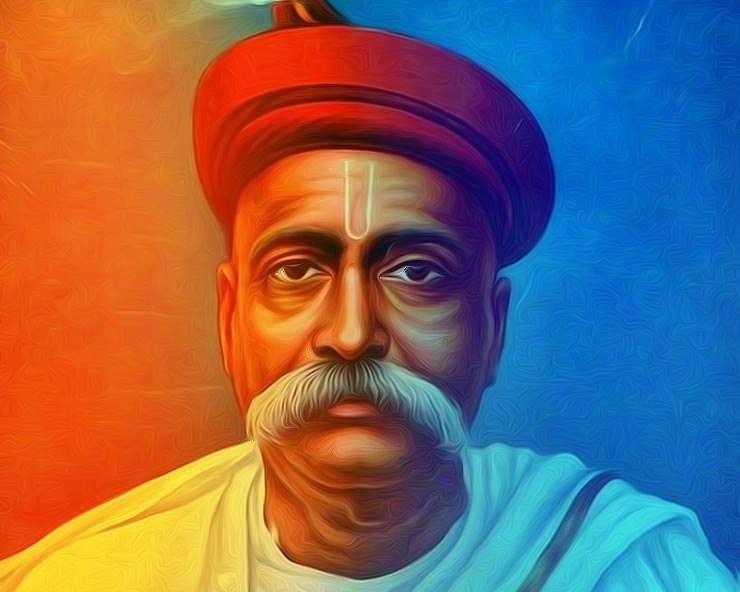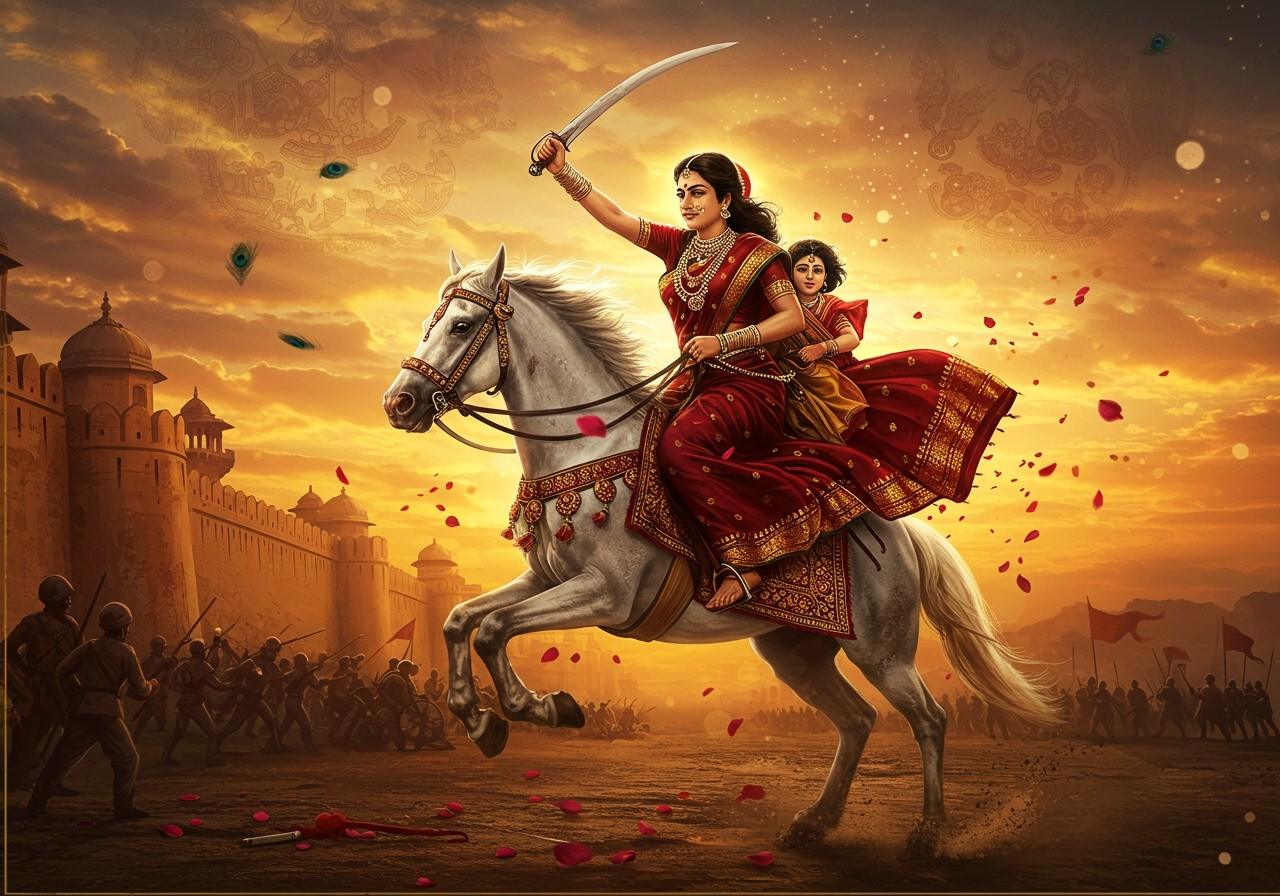By Dr. Bhupendra Kumar Sullere
Commemorating a Visionary of the Nation
In India's freedom struggle, there were few personalities who didn’t just lead a movement, but became a thought, a consciousness, and a purpose embedded in the national psyche. Among these giants stands Lokmanya Bal Gangadhar Tilak.
His birth anniversary (23rd July) is not merely a remembrance, but a rebirth of national pride, cultural sovereignty, and the revival of Sanatan Hindu worldview.
His immortal call:
“Swarajya is my birthright and I shall have it”
– was not a slogan, but the soul-cry of enslaved India.
Life Sketch: A Confluence of Knowledge, Power, and Dharma
Born on 23rd July 1856 in Ratnagiri (Maharashtra), Tilak was brilliant from childhood—disciplined, deeply religious, and fiercely intelligent. He graduated in Mathematics and Sanskrit from Deccan College, Pune.
He was a polymath—a Sanskrit scholar, astrologer, mathematician, philosopher, lawyer, journalist, and political thinker.
But above all, he was a seer of a free Bharat Mata, living the mantra:
“Knowledge must not serve only the self, but awaken the nation.”
Swarajya as a Revolutionary Vision
Tilak was the first national leader to declare “Swarajya” as the ultimate goal of Indian politics.
He asserted:
“No foreign power has the right to rule us. We must be masters of our own destiny.”
For Tilak, Swarajya wasn’t just political independence, but a multi-dimensional transformation:
Political Swarajya: Total freedom from British rule
Cultural Swarajya: Revival of Indian traditions, religion, and values
Educational Swarajya: Indian knowledge systems replacing British education
Economic Swarajya: Promotion of swadeshi, village industries, and self-reliance
Swarajya, in Tilak’s view, was not narrow nationalism, but a righteous, awakened nation rooted in Dharma.
Hindutva and Cultural Nationalism
Tilak was the first national leader to openly link Hindu culture with Indian nationalism. For him, Hindutva was not communal, but the very soul of Bharat.
He said:
“India without a Hindu nation is an incomplete idea.”
His Cultural Campaigns:
Ganeshotsav (1893): A religious festival turned into a political awakening
Shivaji Utsav (1895): Honoring Chhatrapati Shivaji as the symbol of Hindu Swarajya
Gitarahasya: His philosophical treatise on the Bhagavad Gita, linking Karma Yoga to nation-building
Through these efforts, he rekindled the suppressed spirit of Bharat, buried under colonialism, caste divisions, and Western ideologies.
Tilak the Karmayogi: Journalism & Mass Awakening
Tilak used his newspapers — ‘Kesari’ (Marathi) and ‘The Mahratta’ (English) — as weapons of awakening.
He wrote:
“If you seek freedom, you must earn it through both pen and action.”
The British feared his writing so much that he was repeatedly jailed under sedition charges.
In the Mandalay Prison (Burma), he wrote his seminal work ‘Gitarahasya’ — a timeless guide to duty, Dharma, and national service.
Political Leadership: The Vanguard of Assertive Nationalism
Tilak led the ‘Assertive Nationalists’ (Garam Dal) within the Indian National Congress.
The "Lal-Bal-Pal" Triad:
Lal: Lala Lajpat Rai
Bal: Bal Gangadhar Tilak
Pal: Bipin Chandra Pal
This trio laid the foundation of direct action, people’s awakening, and revolutionary thought in the freedom movement.
He transformed the Swadeshi movement, boycott campaigns, and national education movement into mass mobilizations.
His Mottoes and Their Timeless Significance
Sutra (Maxim) Meaning
“Swarajya is my birthright…” Rights are to be earned, not begged for
“Dharmo rakshati rakshitah” Protect Dharma, and Dharma will protect you
“Duty is Dharma” National service is the highest religion
“Both Shastra (scripture) and Shastra (arms) are needed”
Balance of knowledge and strength
“Culture is the soul of a nation”. A nation without culture is incomplete
These maxims inspired generations, and continue to awaken patriotic duties in youth today.
Relevance of Tilak in Modern India
As India moves towards ‘Aatmanirbhar Bharat’, ‘Digital India’, and ‘One India, Best India’, Tilak’s ideas are more relevant than ever:
Swarajya: Not just political, but cultural, linguistic, economic, and technological independence
Hindutva: Not sectarian, but a source of cultural pride and pluralistic tolerance
Education and Language: India must lead globally through its own traditions and languages
National Unity: As Tilak united people via festivals, today too culture can be the foundation of unity
Tilak’s Immortal Legacy
Though he passed away in 1920, his ideology, inspiration, and ideals are eternal.
He laid the foundation for struggle-driven, culturally rooted, and self-respecting Indian nationalism.
On his birth anniversary, we must do more than offer tributes — we must walk his path to establish true Swarajya — not just in the Constitution, but in every Indian’s thought, action, and spirit.
Glory to Lokmanya!
Glory to Hindustan!
Bharat Mata Ki Jai!






